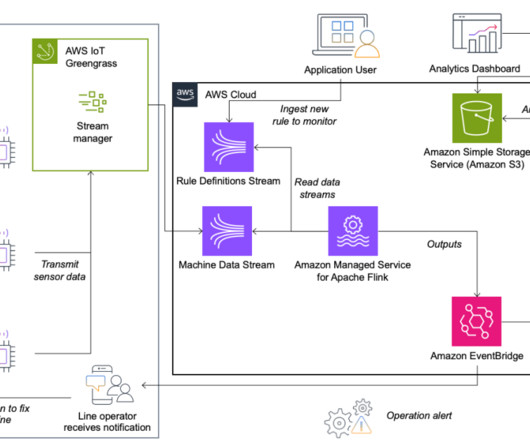How the Internet of Things and AI will Transform Sports Business?
Smart Data Collective
JANUARY 6, 2021
However, limitations with standard analytical models t can keep them from assessing and recording those metrics. The advent of artificial intelligence and big data in sports management makes the measurement of the metrics a lot easier. Streaming and broadcasting. Performance and training analysis. Track fans’ behavior.














Let's personalize your content